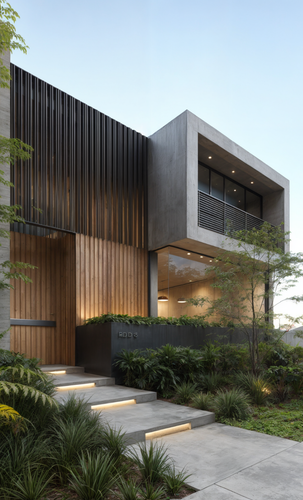How much to charge for a render? A practical guide to defining your rates
Rodolfo Islas
The challenge of defining a fair price
In the world of 3D visualization, clearly and competitively establishing how much to charge for a rendering is a challenge many professionals face. Every project, from interior design to large architectural projects, has its own unique needs, and this makes the pricing landscape broad and variable. For freelancers and studios alike, underpricing can impact business profitability and clients' perceptions of quality.
Factors that impact the cost of a render
-
Project complexity
The more elements and details your scene requires, the longer it will take to model, texturize, and render. A simple space doesn't require the same resources as an architectural project with multiple zones, complex furnishings, and landscaped environments. -
Level of realism and post-production
Photorealistic renderings require meticulous work on lighting, textures, materials, and digital retouching. High-end software and powerful equipment increase the investment, which is naturally reflected in the final price. -
Experience and reputation
A professional with a robust portfolio and mastery of advanced techniques (for example, rendering with V-Ray or real-time rendering engines) can justify higher rates. Furthermore, a track record and testimonials from satisfied clients add extra value. -
Delivery time and reviews
Urgent projects often involve extended schedules and prioritization, so the cost may increase. Likewise, the number of revisions included in the quote and the flexibility of delivery directly influence the price. -
Location and target market
Costs vary by region. In markets like the United States or Europe, prices for a single render can range from $200 to $800 USD. In Mexico, a mid-quality render can start at $1,500–$2,500 pesos and scale to $6,000 or more for complex or highly realistic projects.
Global and local price overview
Internationally, fees depend on the sophistication of the client and the reputation of the studio or professional. In the United States or Europe, high-end projects for renowned architectural firms can be quoted in the thousands of dollars, especially if they involve animations or virtual tours.
In Mexico, the price gap is also related to location: a small local firm working with developers in a mid-sized city is not the same as one located in metropolitan areas like Mexico City, Guadalajara, or Monterrey, where there is greater demand and budget from construction or real estate companies. Many professionals offer packages or monthly plans to companies that require recurring renderings, which provides stability and a special rate.
Strategies for creating a competitive quote
Research the market and the competition
Keep an eye on the price ranges offered by other professionals and studios in your region and international markets. This will give you a reference point to define a price that's fair for you and attractive to your clients.
Define the scope of the project clearly
Be sure to specify how many angles, revisions, levels of detail, and turnaround time are included in your proposal. This avoids misunderstandings and unexpected costs, and helps your client better understand the value they're receiving.
Be transparent about costs and the process
Simply break down your estimated hours, the type of software you use (V-Ray, SketchUp, etc.), and the technical complexity of the project. This builds trust and demonstrates why your rate is justified.
Differentiate your work with added value
If you've mastered specific techniques or if your style and realism stand out in the market, let it be known. A portfolio with clear examples is your best introduction. Additionally, offering fluid communication and after-sales service (including minor modifications, for example) can be decisive for the client.
Final thoughts and next steps
Determining how much to charge for a rendering involves analyzing the complexity, desired quality, the professional's experience, and market conditions. Building a clear and objective quoting methodology is the best way to ensure your business is profitable and your client receives excellent work.
If, in addition to seeking the fairest rates, you want to perfect your skills and offer high-impact renders, we invite you to learn about our 2024 Exterior + Interior Sketchup with Vray Course. This program will help you optimize your workflow and achieve highly realistic results, both for residential and commercial projects.
